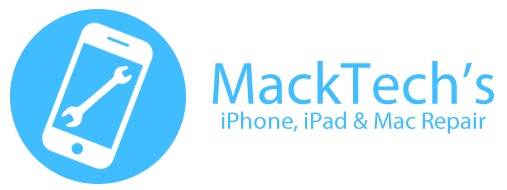You’ve made it here because your Mac is significantly slower than when you first bought it, and you’re looking for some actual solutions you can perform yourself. You might be dreading replacing your Mac considering the price tag of a new one, but you may not need to since theses well built machines last quite a long time. We see that the average Macbook, iMac, Mac Mini etc… lasts for about 8-10 years when properly maintained. They are actually built so well that they outlast most of their internal hardware (hard drive, battery, keyboard, etc..).
We put together a quick system tune up you can perform at home to fix some common issues: Beach ball, pop ups, unresponsive, no disk space. Unfortunately if your Mac doesn’t boot up all the way and hangs at a grey screen, black screen, globe, or folder with a question mark these steps won’t pertain to you, and you will likely need to bring it in for service. If you have a backup drive thats even better. If you try to boot into recovery and your hard drive is failing there is a good chance you can make things worse. If that’s not your issue lets try a few things to improve your Macs performance.
If your Macbook can boot up past the login screen and all they way to the desktop then theres a few things you can do. The first thing we want to check is if the hard drive is in good health. We use an awesome free tool called DriveDX (download v1.8.2 here). DriveDX will tell us a lot of useful information about your Macs Hard Drive. As soon as you install and open DriveDX it will check your hard drive. If you see any errors you should power down your Mac and bring it to Macktechs’ Manayunk office for further diagnostics. If the drive seems to be in good health and there are no errors you can move on to CCleaner and MalwareBytes.
CCleaner will remove all the junk and bloat your Mac has accumulated over the years. Download CCleaner Here. Install and Open CCleaner, you will need administrative access to utilize CCleaner to its fullest potential. We will add a full video on how to use CCleaner in the future on our Youtube Channel. Once you open CCleaner you’ll press the blue Analyze Button then once that is complete you’ll press the blue Run Cleaner button. You will need to enter your password twice during this process. In some extreme cases it can take up to 20 minutes to complete, so make sure you are plugged into a power source and have all your other applications closed. Once you finish these steps you can click the “tools” icon on the left and navigate to startup. Remove any programs from this list that you do not 100% need when your computer turns on. Note: Removing programs from this startup list will not delete them or damage them in any way. Once you are done we will move on to dealing with Malware!
Malwarebytes is our go to when it comes to keeping your Mac safe. The free version is a great option for most people and we will use this one for this situation. If you want to go premium for 24/7 monitoring or protection you can save $10 by going through us for a 1 year subscription. You can Download the Free Version Here. Once you download Malwarebytes you will need an administrative password to install it to your Mac. After the installation completes you will them need to authorize it through system preferences in security and privacy a link to this will show up after installation. Once you have successfully installed Malwarebytes you will then press the blue Scan Now button to scan your Mac. Once that completes you can then remove any Malware from your Mac. It will likely prompt you to restart your computer when it’s finished if it found any issues. You should run Malwarebytes a few times a month to ensure you are protected. We will add a full video on how to use Malwarebytes in the future on our Youtube Channel.
After running these three steps you will have tested the hard drive’s health, cleared up any junk files, disabled startup programs slowing down your system and removed any malware that cause issues and track your information. Your Mac should now be running noticeably faster than it was before. If you see an improvement but still don’t see your mac being usable compared to newer Macs you may want to consider upgrading to a Solid State harddrive or SSD. Macktechs only uses SSDs on hard drive repairs for 2008-2012 Macbooks, an all model iMac and Mac Minis. In most cases having Macktechs convert your standard harddrive to an SSD will actually have your Mac running better and faster than when it was new.
